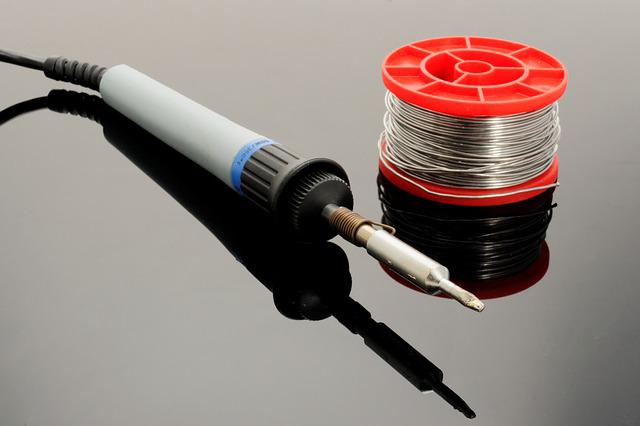
Have you heard of tinning? It involves the application of solder to the exposed ends of copper wire. Before connecting copper wire to a terminal, for instance, some workers may apply colder to the end of the copper wire. A process known as tinning, it’s designed to create a stronger and more secure contact between the copper wire and the terminal.
#1) Prevents Fraying
Tinning can prevent wires from fraying. Screw-style terminals can damage wires. You’ll have to twist a screw onto the end of the wire. This compression can damage the wire while causing it to fray. Tinning the wire, though, can protect it from damage such as this. The wire will have a thin layer of solder on the end.
#2) Fills Spaces Between Wire Strands
In addition to preventing fraying, tinning will fill spaces between wire strands. You can apply solder to multiple wire strands. The solder will fill the spaces between the wire strands to create a single conductor. You can then connect the newly tinned wire to a terminal.
#3) Protects Against Tarnishing
Copper wire is oftentimes tinned to protect against tarnishing. Copper doesn’t succumb to rust or corrosion like many other metals do. Nonetheless, it will still tarnish due to oxidation. If a copper wire is directly exposed to oxygen, it will tarnish. Tinning, however, protects copper wire from tarnishing.
Tinned wire is characterized by a thin layer of solder. The exposed end of the tinned wire has a layer of solder. As long as this layer of solder remains intact, the underlying copper won’t tarnish.
#4) Typically Involves Tin-Based Solder
This process is known as “thinning” because it typically involves tin-based solder. Solder consists of any usable alloy that’s designed to bond two or more wires or objects. For thinning, tin-based solder is typically used. The tin-based solder is melted over the exposed end of a wire.
#5) Costs More Than Plain Wire
While it offers several benefits — prevents fraying,m filled spaces, protects against tarnishing — tinning increases the cost of wire. Tinned copper wire, for instance, costs about 30% more than plain copper wire. It’s also more time-consuming to install because it requires manually soldering the ends of wires.
#6) Tinned Wire Can Break
Tinned wire is typically stronger than plain wire, but it can still break. The layer of solder may crack under the mechanical stress of a screw-style terminal. If you’re going to connect a tinned wire to a screw-style terminal, you should use caution to avoid cracking the solder layer.

